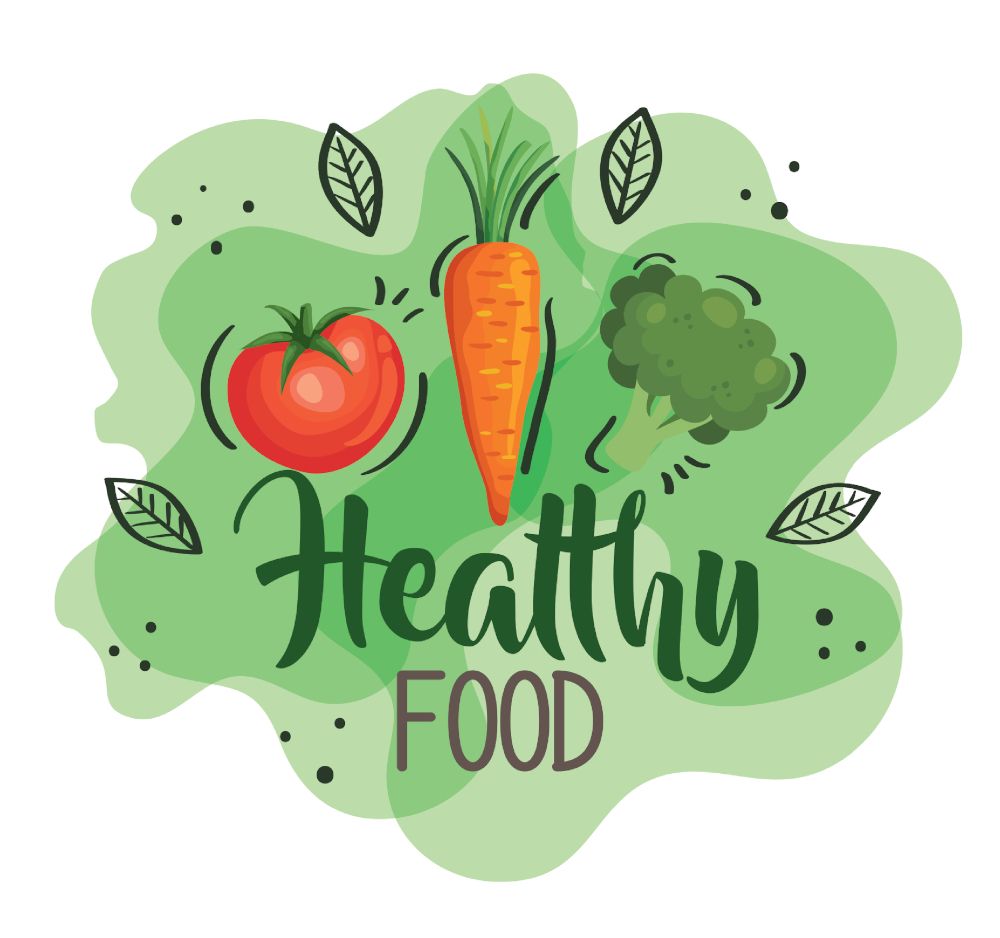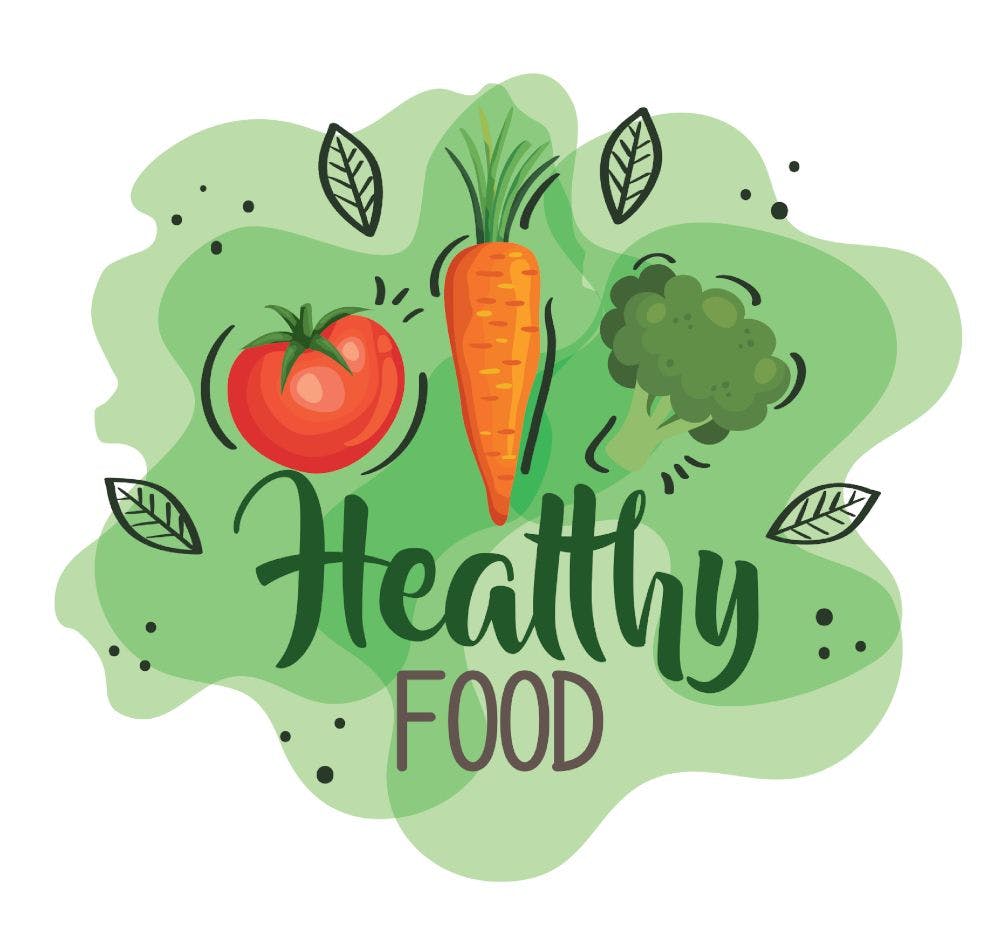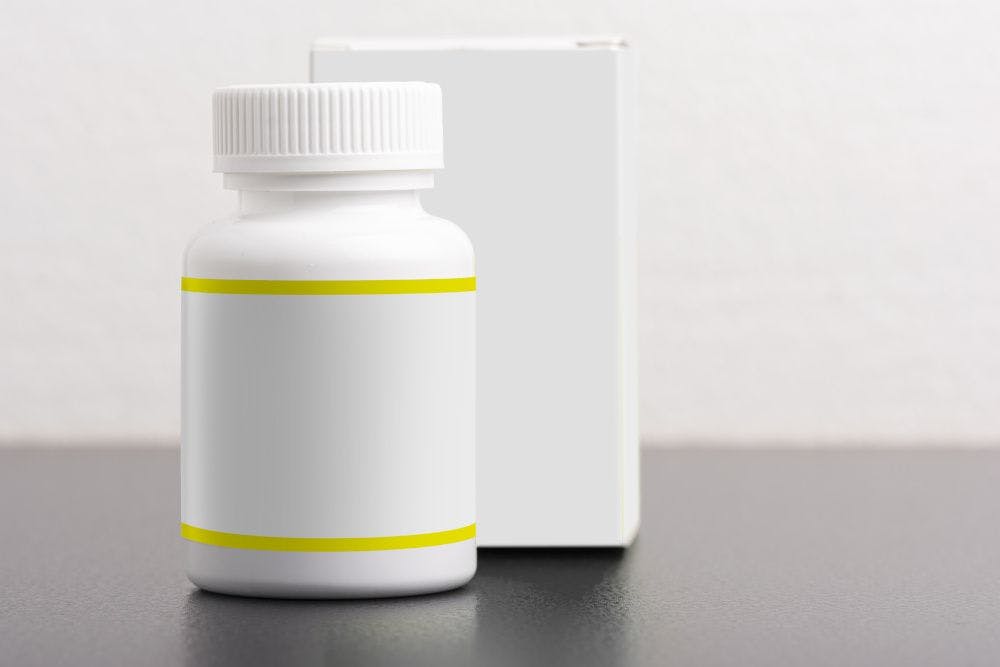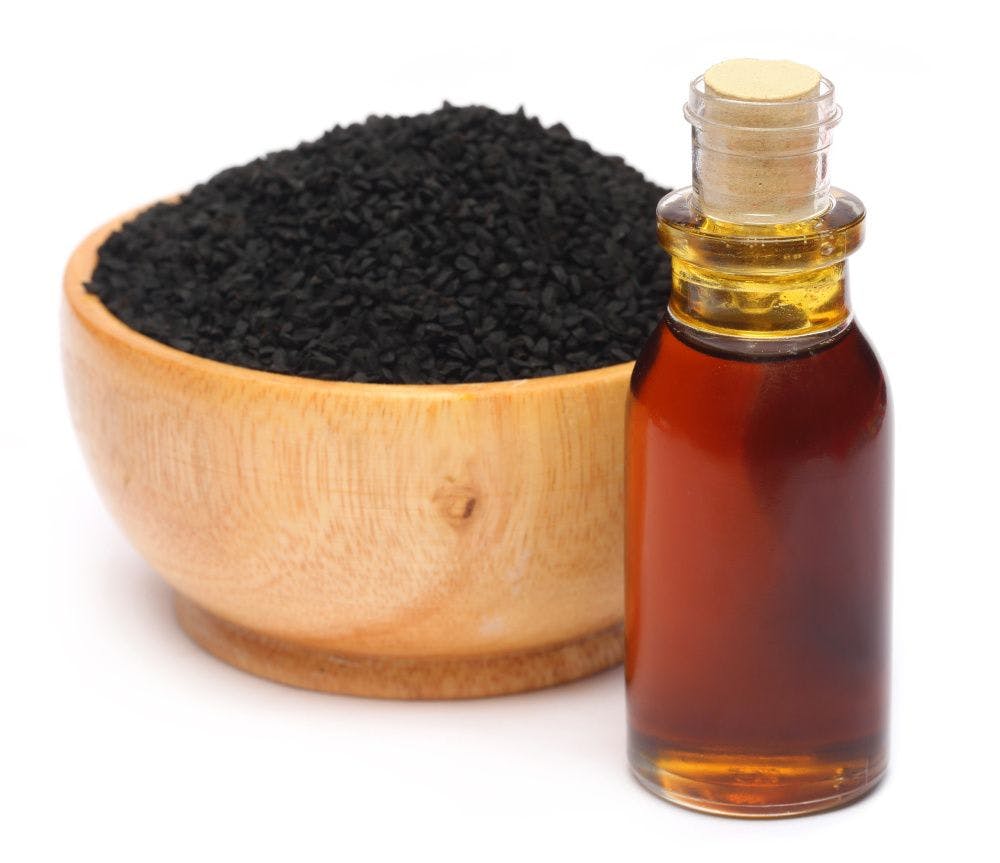Healthy debate: How FDA’s redefinition of “healthy” affects consumers and companies
Leading industry attorneys dig into the complexities of FDA’s announcement.
Photo © Gstudio- Stock.adobe.com

The last time FDA laid down the law around what it takes for a food or beverage to rightly claim the mantle of healthy, electric bills came in the mail, phone calls came over landlines, and access to all the knowledge the universe ever revealed did not come from a radiant screen small enough to fit in your hoody pocket.
All of which is to say that the year was 1994, and we knew a lot less about nutrition then than we do now. (Or so we think.)
So when FDA floated the idea of updating its Clinton-era healthy-labeling guidelines, it was hard not to argue that the existing rules needed a refresh. But as always happens when regulators threaten the status quo, it soon became all too easy for interested parties to argue over the merits of what FDA proposed.
With this “healthy debate” now in full swing, then, the wellness industry is doing everything it can to make its case, and to make its voice heard.
What’s in a Claim?
Rend Al-Mondhiry, partner at Amin Talati Wasserman LLP (Washington, DC), wasn’t surprised when FDA released its suggested rule change this past October. In fact, she figured its time had come.
“Dietary recommendations evolve and should remain consistent with current nutrition science,” she declares. “Yet it’s been more than 25 years since FDA issued a regulation defining healthy.”
The rewrite the agency proposed would, in short, replace a definition of healthy that’s currently based on minimum levels of individual nutrients—think vitamin A, iron, protein, fiber, et al.—and limits on total fat, saturated fat, cholesterol, and sodium with an alternative definition that takes what FDA describes as a “food group–based approach” to identifying healthfulness.
That approach would emphasize “healthy dietary patterns,” according to the proposal—putting it in sync with the 2020-2025 Dietary Guidelines for Americans—while also maintaining science-based limits on nutrients overrepresented in the diet, such as saturated fat, sodium, and—new to this version of healthy—added sugars.
That makes good sense, experts say, as the outdated science informing the existing guidelines permits healthy claims on products like breakfast cereals now viewed as startlingly high in added sugars while excluding the term’s use with foods like nuts, avocados, and salmon once deemed too high in total- and saturated-fat to warrant the claim.
“So as our understanding of nutrition science has changed,” Al-Mondhiry reasons, “it seems clear that these foods should qualify as, and in fact are, part of a ‘healthy’ diet.”
Silent on Supplements
But what “stood out” to Al-Mondhiry in the proposed rule change is its “relative silence” on dietary supplements. For while it doesn’t expressly prohibit supplements from making healthy claims—and though it states in its preamble that supplements are defined as “food”—that preamble also states that supplements “may not be included in what nutrition science considers ‘food.’”
If that’s not confusing enough, the preamble also references recommendations from the 2020-2025 Dietary Guidelines stressing the need to meet nutritional requirements via food—with its synergistic mix of naturally occurring nutrients—rather than from individual nutrients, as are what supplements often deliver.
Beyond this, Al-Mondhiry observes, the rule neither discusses nor mentions supplements. Yet given that “these rather strong, definitive statements seem to warrant more discussion,” that omission puzzles her.
Unintended Consequences
Al-Mondhiry also suspects the rule could generate unintended consequences that neither FDA nor nutrition advocates would welcome.
To wit, by abandoning a healthy definition that accounts for the consumption of individual nutrients—as, say, through a daily supplement—and instead favoring one that focuses on whole-food groups, Al-Mondhiry wagers the rule might wind up excluding not only supplements but also a range of food products that are popular and arguably wholesome, too—for example, foods classified as too high in sodium.
Which leads Al-Mondhiry to another concern: that the “relatively low” per-serving limits on both sodium and added sugar—10% of the daily value for the former and less than 5% per reference amount commonly consumed for the latter—might force manufacturers into potentially costly and time-consuming reformulations and labeling changes.
After all, “The appearance of a term like healthy on a label can carry a lot of weight with consumers,” Al-Mondhiry says. “So from a public-health perspective, it’s important—and necessary—that the criteria for that claim be grounded in current science.”
Lawyer Up
No wonder, then, that Al-Mondhiry hints at a possible “increase in class action litigation” in response to a rule change, “with the plaintiff’s bar targeting noncompliance similar to what we’ve seen with suits and demand letters targeting noncompliance with other nutrient-content claim requirements,” she says.
So while FDA is likely to step up its own enforcement, “It seems that the plaintiff’s bar has had a much more prominent role in policing these types of claims” in the past, she says—and she suspects they may continue doing so going forward.
“Another important consideration,” Al-Mondhiry adds, “is that the proposal broadens what’s considered a ‘nutritional context’ for the purposes of determining what counts as an implied healthy claim.”
In other words, “Companies that want to use healthy outside this context need to be even more cautious,” she warns, noting that FDA includes several examples of what is and isn’t a “nutritional context” in the proposed rule, which she suggests companies “carefully review.”
Speech Impediments
But Katie Bond, partner at Lathrop GPM (Washington, DC), appears to take a less accommodating view of the proposed rule, and for this simple reason: It’s a matter of free speech. As she argues, the modern commercial-speech doctrine allows for first-amendment protection of truthful advertising. “So the only way the government can suppress truthful advertising is to show that, one, it has good reason to do so, and two, the advertising is inherently misleading such that it couldn’t be cured by additional disclosure, rather than suppression,” she says—the rationale being that consumers make sound decisions with more information, not less.
“The problem here is that by defining healthy,’” Bond continues, “FDA suppresses use of the term except where the agency dictates it allowable. Yet FDA has no evidence to demonstrate that its rule will be net helpful for public health, much less that the term healthy would be inherently misleading on every food that falls outside a rigid FDA definition.”
Besides, FDA and FTC already have all the tools they need to police deceptive food advertising, Bond adds, “leaving them free to regulate those instances where we can all agree, based on current science, that the term healthy would be deceptive.” And that, she says, “would seem a better approach than blanket speech suppression that doesn’t pass constitutional muster.”
Alas, this continues a pattern that Bond’s noticed with regard to the agencies. “For years,” she says, “both FDA and FTC have waded into debatable areas of food science rather than staying focused on stopping bad actors; FDA’s proposed healthy standard is just another example of that flawed tradition.”
Seat at the Table
That’s why the supplement industry and its advocates are shaping the message they plan to deliver to FDA on the proposal. In particular, Al-Mondhiry suspects that those comments will address FDA’s “brief discussion” emphasizing the value of nutrition from “food” and excluding supplements from what FDA considers “food” for the rule’s purposes, she says.
“While supplements aren’t meant to substitute for healthy eating and shouldn’t be marketed this way,” Al-Mondhiry concedes, she believes the proposal’s emphasis on the nutrient content of whole food groups over isolated nutrients “seems to discount dietary supplements’ role in contributing to a healthy diet.”
And Bond agrees. “There’s plenty of room for debate on what the perfect recipe for a ‘healthy’ food might be,” she insists, “and even FDA acknowledges that good health is more about healthy eating patterns than any single food. So a diet consisting solely of a food or two deemed ‘healthy’ by FDA couldn’t possibly be a healthy diet.”
Nevertheless, some form of change is inevitable. “This rule has been a long time coming,” Al-Mondhiry says, “so it’s likely that FDA is motivated to finalize it sooner than later.”
They’re sure to get plenty of feedback before they do. “So it’s possible we may see one or even two rounds of revisions with additional comment periods for each before the rule is finalized,” Al-Mondhiry says. Translation: hurry up and wait.

Prinova acquires Aplinova to further increase its footprint in Latin America
April 7th 2025Prinova has recently announced the acquisition of Brazilian ingredients distributor Aplinova, which is a provider of specialty ingredients for a range of market segments that include food, beverage, supplements, and personal care.



















